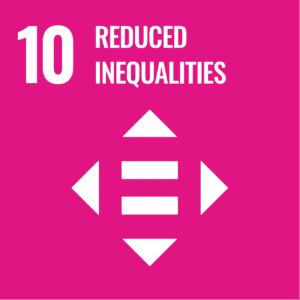VOL 1 No 2, 2024 Research Article
Anjan Das
Independent Researcher
DOI: https://doi.org/10.21659/jsae/v1n2/v1n207
[Article History: Received: 15 Mar 2024. Revised: 09 Jun 2024. Accepted: 11 Aug 2024. Published: 25 Nov 2024]
Abstract
Maqbool Fida Husain, the ‘Picasso of India’ used bold colours, fluid lines, a unique blend of cubism, and classical Indian art forms in his murals. This study, which is based on post-colonial ecocriticism, social ecology, and deep ecology, focuses on the ecocritical reading of Husain’s artworks. For instance, “Traditional Indian Festivals” from the “Indian Civilization Series” shows how women perform plant (Tulsi) and nature (Moon) worshipping which illustrates the mutually beneficial link between civilization and environment, and “The Horse Series” where the Horses are frequently portrayed in movement using bold brushstrokes and a vivid palette influenced by the Indian landscape, culture, and mythology, capturing their liveliness which invites reflection on the critical need to preserve wilderness. “Our Planet Called Earth” promotes a heightened global ecological consciousness, whereas “Krishna Leela” captures the connection between the Divine and nature. His fascination with animal figures like cows, horses, and elephants suggests his understanding of the ecosystem and concern for wildlife conservation. “Folklore Kerala IV” is an example where the painter tries to connect womanhood with mother nature by using the figure of a native Kerala woman, coconut trees, and yellow-green hues. This thorough ecocritical investigation advances our knowledge of Husain’s insightful observations on the intricate interplay of the human experience, ecology, and art. The chosen pieces of art function as windows into his ecological consciousness, illustrating the cyclical nature of environmental processes, the effects of human activity on the environment, and the interconnection of ecological issues worldwide.
Keywords: Visual Art, M.F Husain, Ecocriticism, Nature, Cubism, Animal Studies




